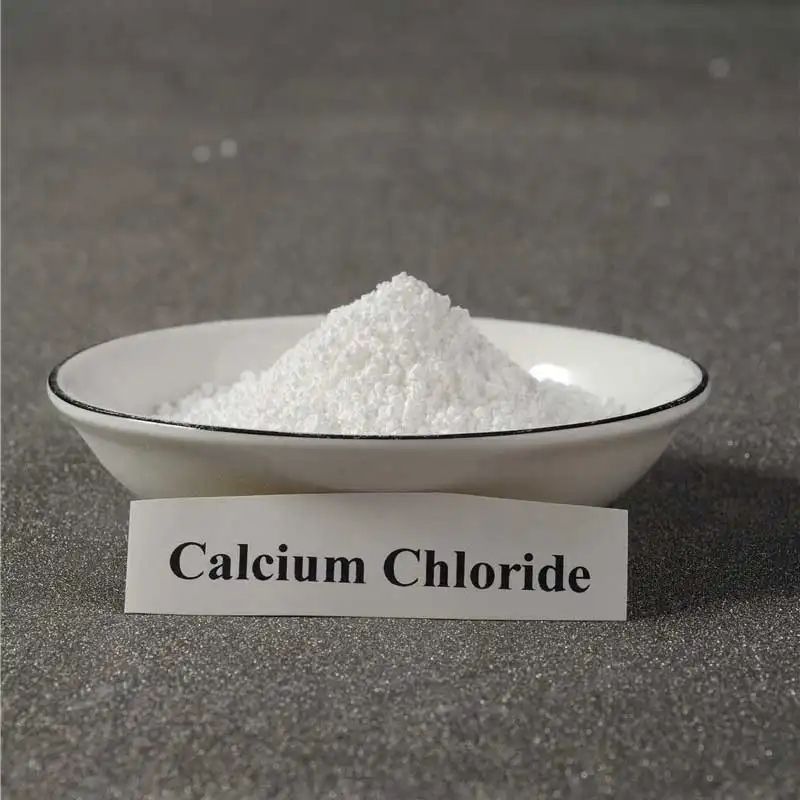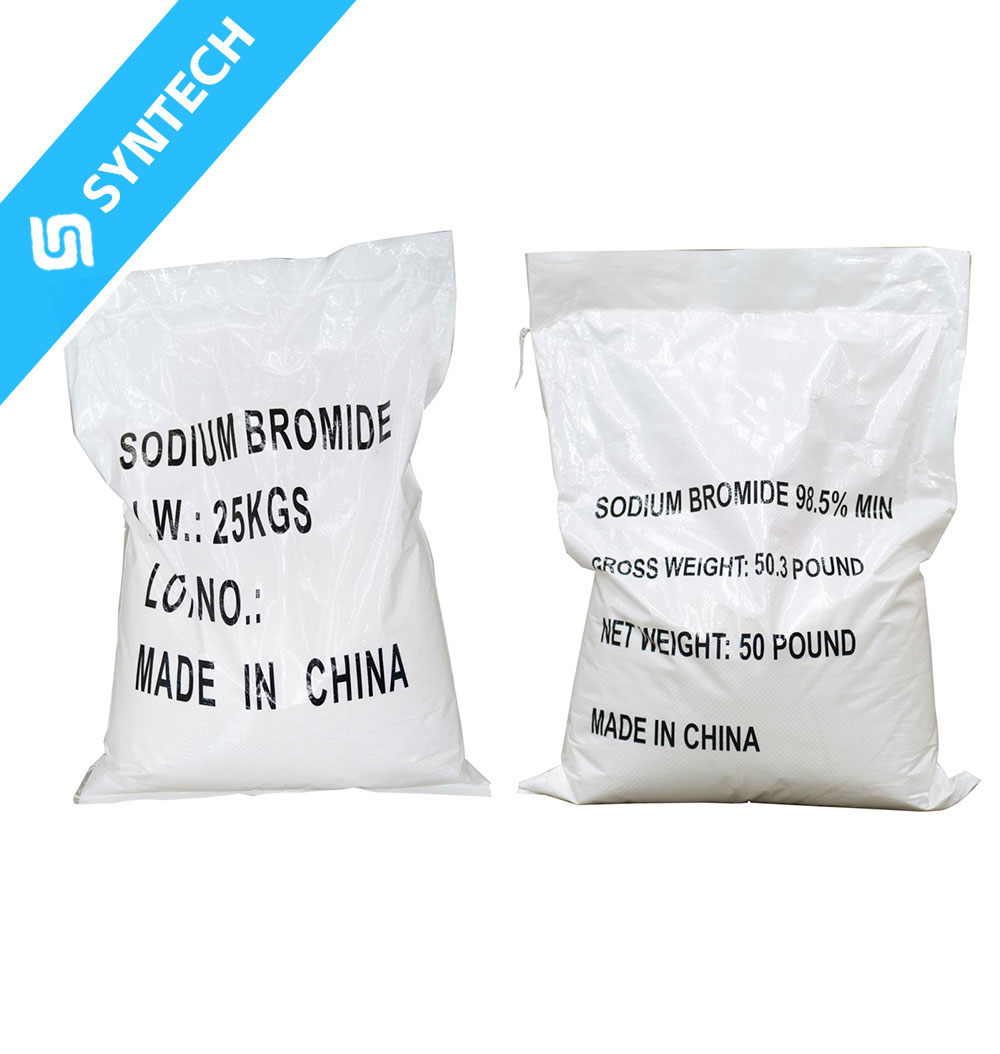The two key functional groups in the Sodium Methallyl Sulfonate (SMAS) molecule that make it exceptionally valuable in industrial applications are the sulfonate group and the methallyl group.
Here is a brief explanation of their respective roles:
| Functional Group | Primary Role in Industrial Applications |
|---|---|
| Sulfonate Group (-SO₃⁻ Na⁺) | Provides strong, permanent hydrophilicity and salt tolerance. |
| Methallyl Group (CH₂=C(CH₃)-CH₂-) | Imparts high reactivity and steric stability to the polymer. |
Detailed Explanation:
- Sulfonate Group (-SO₃⁻ Na⁺)
- Role: This is the primary performance-driving group. The sulfonate group is highly ionic (anionic) and strongly hydrophilic (water-attracting).
- Key Contributions:
- Water Solubility & Dispersion: It allows SMAS and its copolymers to dissolve easily in water and helps the entire polymer remain soluble, preventing it from precipitating out of solution.
- Salt Tolerance: Unlike some other anionic groups, the sulfonate group is very resistant to “salting out” or precipitation in the presence of high concentrations of multivalent metal ions (e.g., Ca²⁺, Mg²⁺). This is why it is so stable in high-salinity environments.
- Electrostatic Repulsion: When incorporated into a polymer chain, the negative charges from the sulfonate groups cause the polymer chains to repel each other. This helps to keep particles dispersed and prevents the polymer from coiling up, maintaining its effectiveness.
- Methallyl Group (CH₂=C(CH₃)-CH₂-)
- Role: This group is crucial for the polymer’s stability and structural integrity.
- Key Contributions:
- Steric Hindrance: The methyl group (-CH₃) attached to the double bond creates a physical barrier. This protects the polymer backbone from aggressive chemical attack, such as free radicals or shear forces, which are common in harsh industrial processes. This significantly enhances the thermal and chemical stability of the final polymer.
- Reactive Site: The vinyl group (C=C double bond) is the site where polymerization occurs. It allows the SMAS monomer to be efficiently incorporated into a growing polymer chain alongside other monomers like acrylic acid or acrylamide.
In summary, the sulfonate group is responsible for the molecule’s powerful interaction with water and salts, while the methallyl group provides the robust, stable backbone necessary to survive in demanding conditions. This powerful synergy makes SMAS a cornerstone monomer for high-performance industrial applications.






